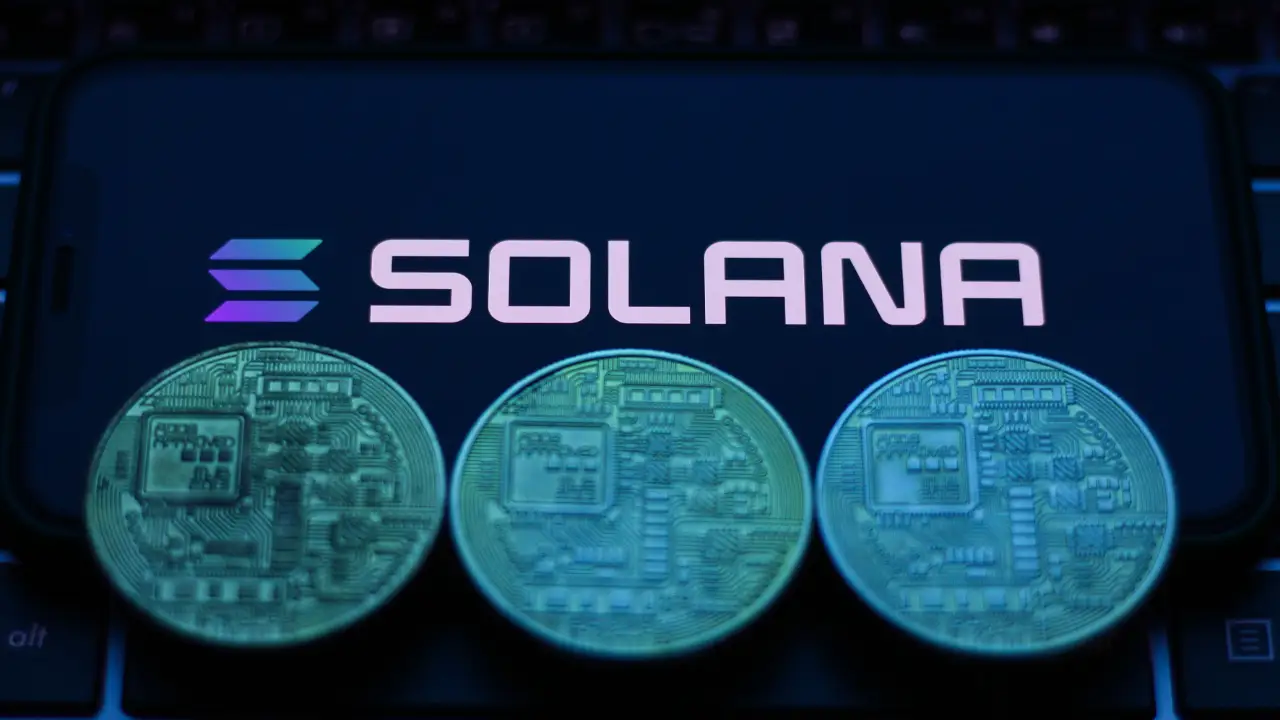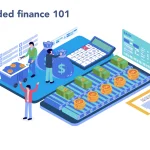
Solana is a crypto-currency that is based on the Blockchain technology. It has an in-built verification model known as proof-of-stake. This type of technology is aimed at preventing fraud and ensuring the integrity of transactions. In addition to this, it also aims at bringing down the cost of transaction.
Blockchain technology
Solana is a blockchain that uses proof-of-history (PoH) to facilitate smart contracts. It supports decentralized finance platforms such as DEXs and NFTs marketplaces.
The Solana network is one of the largest ecosystems in the crypto space. In addition to running decentralized applications, users can also earn interest and create new apps. These include an online platform that lets people deposit currencies and borrow them.
While there are several issues with the Solana network, most users have been more than willing to give it a shot. However, there are also some skeptics who argue that it is not a truly decentralized system.
According to Messari, a majority of Solana’s initial token allocation went to insiders. This could lead to a major decrease in investors’ SOL value. Several of Solana’s investors include CoinShares, Alameda Research, and Parafi Capital.
Solana has a very short block time, which enables fast transactions. Compared to Ethereum, which has a block time of 400 milliseconds, Solana has a block time of less than half a second.
The Solana Proof-of-Stake (PoS) consensus mechanism works in conjunction with a standardized clock to ensure that all nodes agree to a block’s time. A validator keeps track of the time by stamping incoming transactions with a proof-of-history value. If a transaction does not meet the rules, the validator can lose his money.
Proof-of-stake and proof-of-history verification models
Solana is a decentralized blockchain that facilitates the creation of smart contracts and decentralized finance platforms. It uses a hybrid proof-of-stake and proof-of-history verification model.
The PoH algorithm works in tandem with a conventional algorithm to provide a better-performing consensus mechanism for the network. As more transactions are added to the network, it is possible that the network will become more centralized. But it is still early in the game.
The network has had several problems so far. One of these is congestion. In theory, the Solana network can handle up to 65,000 transactions per second. However, it has experienced outages and total downtime.
Another problem is the Solana token. The token is not fully transparent. There are reports that roughly half of the tokens were allocated to insiders. This has led to some skepticism over the coin’s decentralization.
While the coin’s main function is reasonable, some experts believe that the coin’s design is too centralized. Some people also question its voting mechanism.
To get a sense of the technology behind the proof-of-stake and proof-of-history models, take a look at Solana’s whitepaper. Anatoly Yakovenko wrote it in 2017.
A Proof of History algorithm is one of the main features of the Solana network. This idea makes the PoS and PoH models more robust. Using the idea, it is possible to achieve faster processing times and lower transaction costs.
Market environment
Solana is a programmable, fast, and secure blockchain that can handle thousands of transactions per second. It is built to support a broad array of scalable crypto apps.
The Solana network is secured by a hybrid Proof of Stake mechanism. Combined with the fast block time, this mechanism allows for low fees and faster transaction times. Also, the system’s PoS and PoH verification processes are more energy efficient than the traditional proof of work model used by Ethereum.
Solana is also known for its resiliency to attack and its ability to be censorship resistant. This makes it a great platform for global adoption.
The Solana ecosystem is already home to 350 projects. In addition to the dapps, the company has launched an open marketplace, Solanart, that features some of the most popular Solana-based NFT collections. These include a variety of digital collectibles and decentralized finance applications.
Solana is currently gaining momentum as a viable alternative to Ethereum. While the Solana network is not as battle tested as its rival, it is gaining traction with both the mainstream and the crypto community.
For the past 30 days, the SOL futures have been trading in backwardation. This indicates that the price of SOL is influenced by a wide range of factors.








